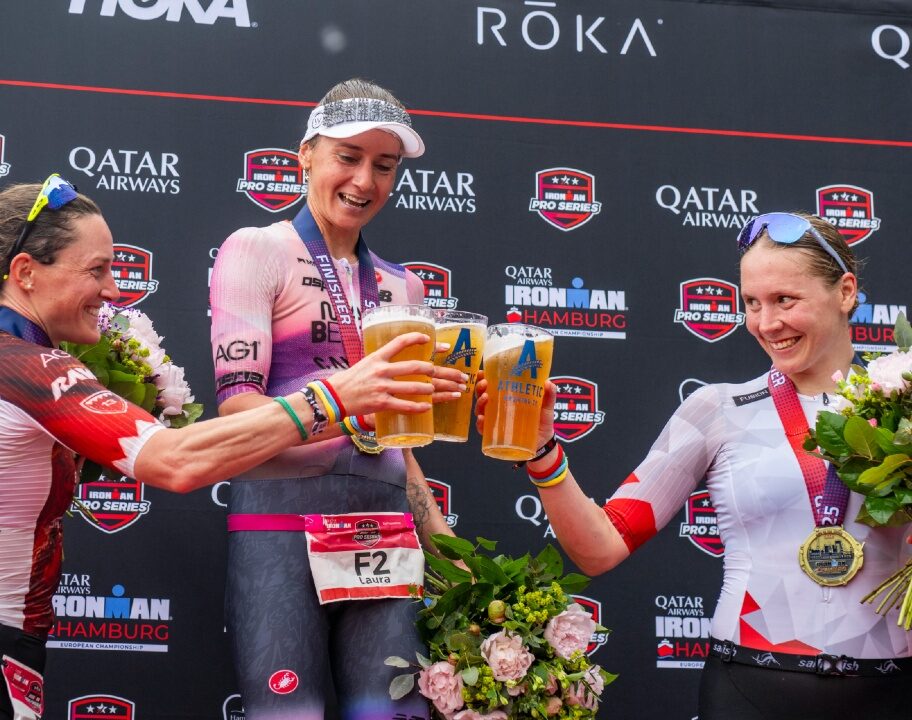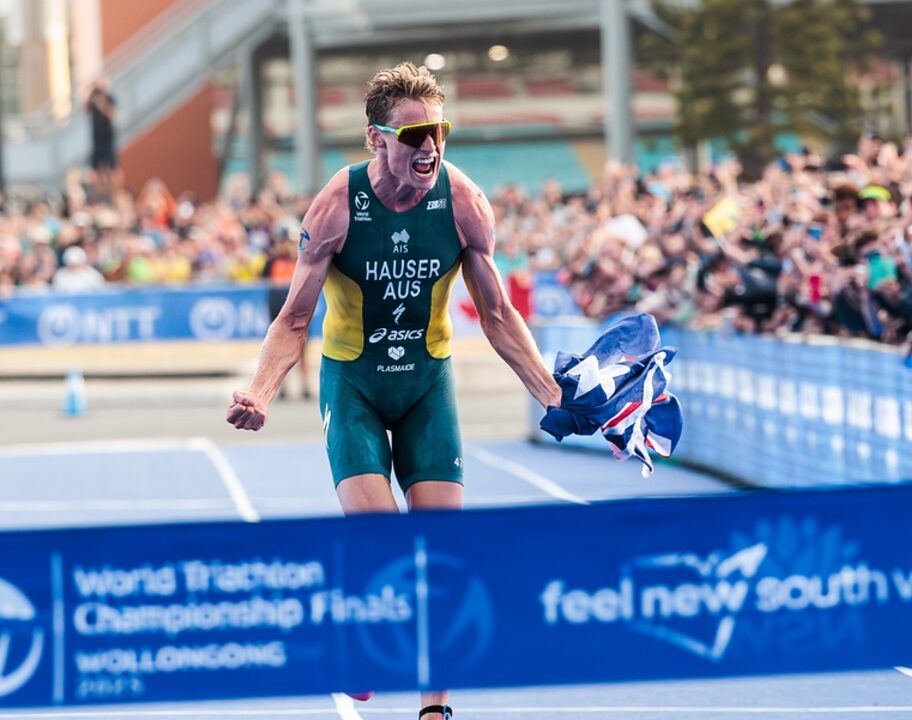Whether it’s a triathlon or a swim race, getting ready for your first open water swimming event can feel like a daunting task. Because while there’s plenty of swimming fitness you can gain in the pool, open water swimming is a very different experience.
There’s much more to think about for starters – from the swimming gear you need to the considerations around safety and conditions in the water. Plus the adjustments to your swimming technique and the open water-specific skills required to help you swim more efficiently in open water. In our essential guide to how to swim in open water, top level Masters swimmer Helen Gorman shares her top insights to help you train for your first open water swimming event.
Build your swimming endurance
Sprint triathlon or marathon swim: whatever the distance of the open water swimming event you’re working towards, building up your swimming endurance is key. Unlike in the pool, where you get a microbreak with every turn at the wall. Open water swimming in its nature requires a longer sustained effort. The good news is you can start improving your swimming endurance for open water in the comfort of the swimming pool.

Start by swimming at a lower intensity, focusing on technique and performing drills to help you swim more efficiently. Then complete a block of aerobic-focused swim training. This should be a combination of steady, non-stop swims where you gradually build up the distance – working towards completing the total distance you’ll need to swim in your event. As well as interval sets such as 50m or 100m repeats with only 10-20 seconds rest in between each interval, which will help to improve your pace over a longer distance.
Completing this endurance-focused training in the pool will help you to swim further, more comfortably once you start swimming in open water and you don’t have the option of resting at the end of a swimming pool lane!
Adapt your swimming technique for open water
Swimming in open water means you may have to deal with choppy conditions, and you’ll have to incorporate sighting into your swim stroke. It can be helpful to know how to adjust your swimming technique to match the conditions.
It may sound counterintuitive, but many of the best open water swimmers use a shorter, higher cadence stroke technique than they do in a pool. This enables them to sight more often and handle choppy conditions. It’s also a good idea to practice breathing to both sides for open water swimming. It’ll make it easier to stay aware of what’s going on around you. And if there’s bright sunshine or choppy waves coming from one side, you have the option to breathe to the other side to avoid getting dazzled – or swallowing a mouthful of water every time you take a breath.
The more time you spend in open water, the more experience you’ll get and you’ll learn with practice how your stroke might need to change in order to move efficiently through the water. So make sure to swim outdoors regularly, and if in doubt – ask a swim coach to take a look at your open water technique and give you some pointers on what you might need to work on.
Get used to swimming in different conditions
If you’re open water swimming recreationally, you can pick and choose the times and weather conditions you swim in. But if you’ve got an event booked – sadly you won’t have much control over what the weather decides to do on race day! Therefore it’s important to get used to swimming in different conditions.
Join a triathlon club or an open water swimming group so you have experienced company who can ensure you’re always swimming safely. Dependent on your level, try swimming in various conditions such as choppy waves or with a current so you know what to expect should those conditions arise on race day. It’s also important to consider what time of day your race or event will take place. Many triathlon swims are very early in the morning when the sun has only just come up and the air temperature is cooler. That might mean the sun is in your eyes, or the water temperature feels cooler than you’re used to.
The more open water experience you can get, the more likely you are to feel ready for anything on race day!
Practice swimming in close proximity to other people
It’s worth joining a triathlon club or a masters swimming club so you’ve got other people to train with. Not only is this a way to make training more sociable and enjoyable. It also gives you a great opportunity to simulate race conditions by practicing swimming with other people. Come race day, you might have a mass start to contend with or congestion at the turn buoys. It’s important to get used to swimming with other people close by so it’s not daunting during your event.
Another key reason to swim with other people is the opportunity to practice drafting. In a triathlon or a swimming race, you can get a huge benefit from swimming closely behind someone ‘on their feet’ or even better, swimming closely next to someone ‘on their hip’. The draft effect makes it easier for you to travel through the water faster, for less effort.
Don’t neglect speed work and interval training
A mistake plenty of us can make when we switch our focus to open water swimming is simply focusing on ticking off steady distance swims. But including interval training and speed sets will help you to improve your overall pace and race-specific performance.

Short repetitions such as 6 x 50m where you sprint the first 15m and swim the remaining 35m very easy are a good way to get used to varying your speed in open water and recovering quickly if you have to put in a burst of speed to get round a buoy or avoid congestion in a mass start. For the 15m sprint focus on using a strong leg kick and increasing your normal arm rotation speed, then revert to easy relaxed swimming to recover.
Doing speed work will help specifically at the start of a race so that you have the confidence to start well and then settle into your own pace.
Ticked off your first open water event and now looking to improve your performance for next time? Check out our tips on how to get faster at open water swimming and how to improve your swimming endurance to take your swimming to the next level.











